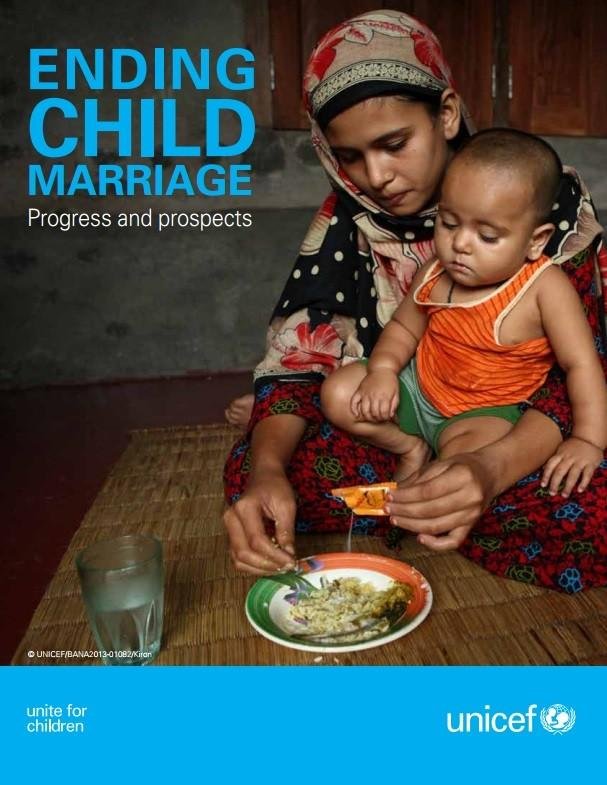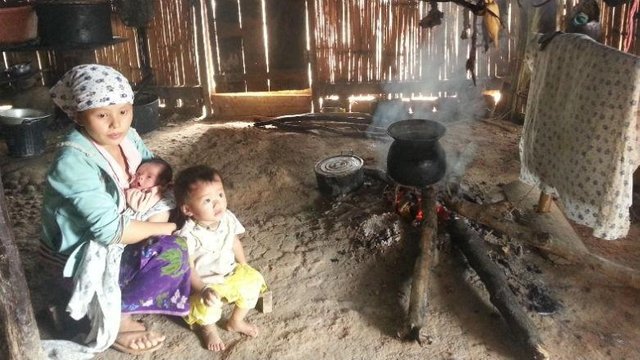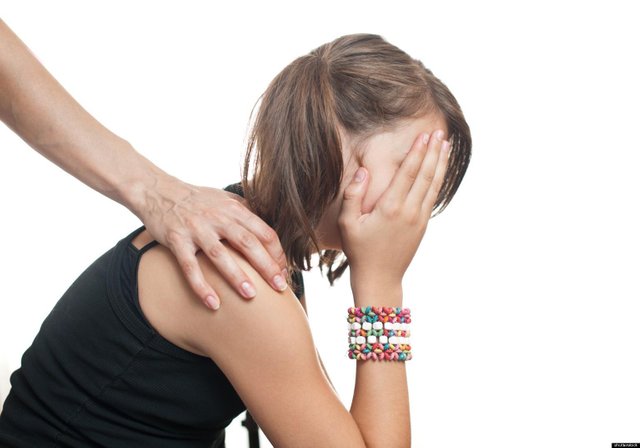CHILD ABUSE (Early/Children Marriage)
Child, early and forced marriages are closely associated with adolescent pregnancy and early motherhood. Once married, young girls are often expected to prove their fertility and get pregnant.
Despite being prohibited by international law in many countries, some girls in developing countries are married before they turn 15 years old.
Marrying off daughters at early age can be part of the local ethnic culture, caused by poverty, or can be seen as a protective measure; for instance to protect the girl against pre-marital sexual advances, Parents will do what they think is the best for their daughters.
Child, early and forced marriages are considered harmful practices. As girls are often married to much older men, child marriage underpins gender inequality. It often forces girls out of school and inhibits their chance to break out of poverty. Rather, it increases their risk of passing poverty on to the next generation in an intergenerational cycle.
Early marriage most often means that girls are expected to fulfil the role of a housewife and soon after that of a mother; denying them of their youth and life choices and also affect them in much greater numbers.
Marriage should be a time for celebration and joy unless one is among the 64 million girls around the world forced into early marriage before 18 years old.
Imagine the life those girls who married at the age of 7, 10 or even 16 years of age endures. Child brides are deprived from being educated and are at a higher risk of being physically abused, to other diseases, and dying while pregnant or giving birth.
REASON FOR EARLY/ CHILD MARRIAGE
child marriage is rooted in gender inequality and the belief that girls and women are somehow inferior to boys and men, but let examine the points below:
GENDER INEQUALITY
In many communities where child marriage is practised, girls are not valued as much as boys , they are seen as a burden on their family. Marrying thier daughter at a young age can be viewed as a way to ease hardship by transferring this burden to her husband’s family.
Child marriage is also driven by patriarchal values and the desire to control female sexuality.
Families closely guard their daughters’ sexuality and virginity in order to bring honour to the family.
TRADITION
Child marriage is a traditional practice that in many places happens simply because it has happened for generations. In some communities, when girls start to menstruate,the members of the community believed that they are ripe for marriage. Marriage is therefore the next step towards giving a girl her status of a mother.
Traditional practices sometimes go unquestioned because they have been part of a community’s life and identity for a very long time.
POVERTY
More than half of girls from the poorest families in the developing world are married as children. Where poverty is at the peak, families and sometimes girls believe that marriage will be a solution to secure their future.
Giving a daughter in marriage allows parents to reduce family expenses, Families may also see investing in their son’s education as more worthwhile investment. In some cases marriage of a daughter is a way to repay debts, manage disputes and make political alliances.
In communities where a dowry or ‘bride price’ is paid, it is often welcome as income for poor families.
INSECURITY
Many parents marry their daughters young because they feel it is in her best interest, often to ensure her safety in areas where girls are at high risk of harassment and sexual assault.
Child marriage can increase in humanitarian crises, such as in conflict or after a natural disaster. When families face even greater hardship.
CONCLUSION
Early/children marriage doesn't have to be this way.
Ending child marriage requires work across all sectors and at all levels. It requires us to understand the reasons behind the practice in different contexts and adapt our interventions accordingly.




